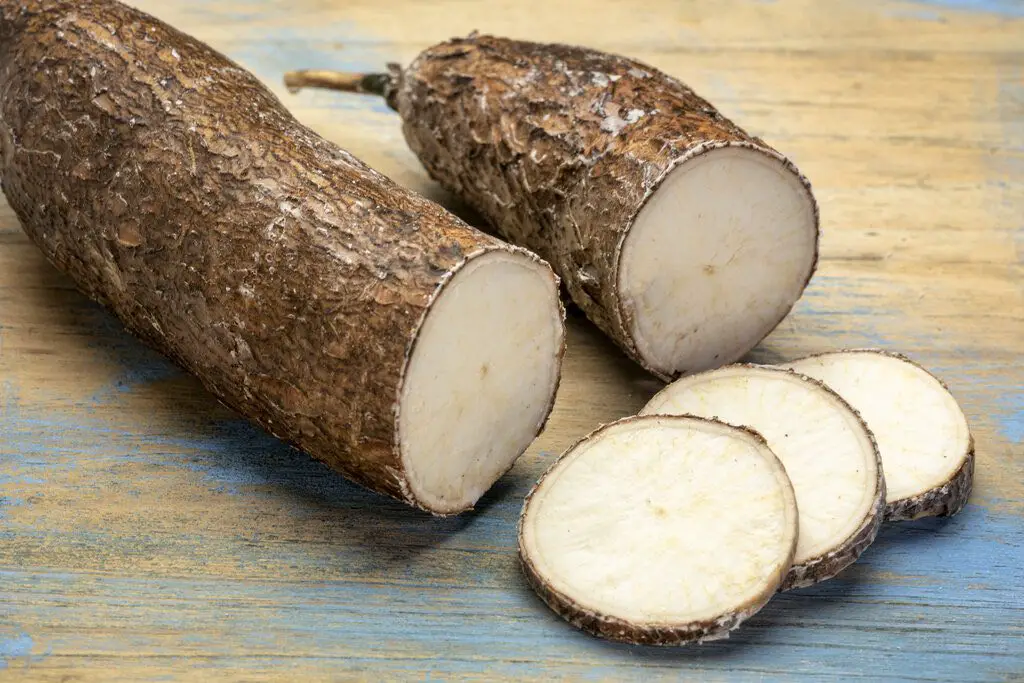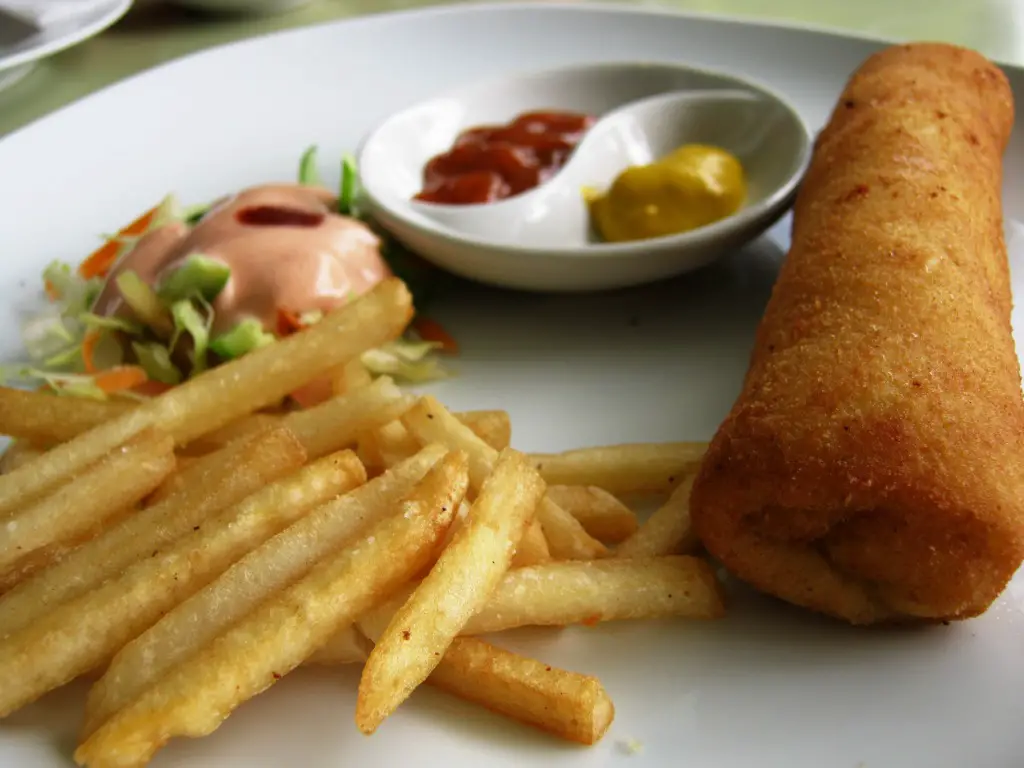Vietnamese cuisine boasts a rich and diverse culinary landscape, with a plethora of dishes that have gained worldwide recognition. Among these, one dish stands out as a symbol of Vietnam’s culinary heritage – pho (pronounced “fuh”). This humble yet flavorful soup has captured the hearts and taste buds of people around the globe. But what is Vietnamese pho made of, and what makes it so special? In this article, we will take a deep dive into the ingredients that constitute this iconic dish and explore the secrets behind its delectable flavors.
A Brief History of Pho
Before we dive into the ingredients of pho, let’s take a moment to appreciate its history. Pho’s origin is a subject of debate among food historians, but it is generally believed to have emerged in the early 20th century in northern Vietnam. It was initially a street food sold by vendors who used leftover bones and scraps to create a flavorful broth. Over time, pho evolved, and regional variations developed, with the two most famous being “pho bac” from Hanoi (northern Vietnam) and “pho nam” from Saigon (southern Vietnam).
Pho gained international popularity during and after the Vietnam War when Vietnamese refugees introduced it to the world. Since then, it has become a global sensation, with countless variations available in Vietnamese restaurants worldwide.
The Fundamental Components of Pho
At its core, pho is a simple yet intricate dish comprised of three main components: the broth, the noodles, and the toppings. Let’s break down each of these elements to understand what makes Vietnamese pho so unique.
The Broth
The heart and soul of any pho is its broth. Crafting the perfect pho broth is an art that requires time, patience, and a meticulous selection of ingredients. Traditionally, pho broth is made from beef bones and sometimes chicken bones, simmered for hours to extract every bit of flavor. The key components of a pho broth include:
Bones: Beef bones, typically oxtail, knuckle bones, and marrow bones, are used to create the rich, gelatinous base of the broth. These bones release collagen and marrow, which add body and depth to the soup.
Aromatics: Pho broth is infused with an array of aromatic spices and herbs. The most common spices include cinnamon sticks, star anise, cloves, cardamom pods, and coriander seeds. Fresh herbs like ginger and onion are also essential for adding fragrance and flavor.
Seasonings: Fish sauce and rock sugar are used to season the broth. Fish sauce provides the umami and saltiness, while rock sugar adds a subtle sweetness that balances the flavors.
Time: The secret to an authentic pho broth lies in its cooking time. The bones and spices are simmered for several hours, sometimes even overnight, allowing the flavors to meld and intensify.
The Noodles
The next vital component of Vietnamese pho is the noodles. Pho noodles are typically made from rice flour, which gives them their distinctive chewy texture. These noodles are thin and flat, resembling linguine but with a slightly wider cut. They are typically prepared just before serving and briefly blanched in boiling water to soften them.
The Toppings
Pho wouldn’t be complete without a medley of fresh toppings that add texture, color, and flavor to the dish. The most common toppings include:
Protein: Thin slices of rare beef (known as “tái”), cooked beef slices (“nạm”), beef meatballs (“bò viên”), or chicken are often added to pho. Some variations also include seafood or vegetarian options.
Herbs and Greens: Fresh herbs like Thai basil, cilantro, and sawtooth herb are commonly served with pho. Bean sprouts and lime wedges are also provided as accompaniments.
Condiments: Hoisin sauce and sriracha hot sauce are often available on the side for diners to adjust the flavor to their liking. Additionally, sliced chili peppers can be added for extra heat.
Garnishes: Thinly sliced onions and green onions provide a mild, aromatic crunch to the dish.
Regional Variations of Pho
Vietnam’s diverse regions have given rise to various regional interpretations of pho, each with its own unique twist. Here are two of the most well-known regional variations:
Pho Bac (Northern Style Pho)
Pho bac, originating from Hanoi in northern Vietnam, is known for its simplicity and purity of flavor. The broth is clear and delicately seasoned, allowing the natural taste of the ingredients to shine through. Pho bac is typically topped with thinly sliced rare beef and garnished with green onions and cilantro. It’s often served with a side of fermented shrimp paste or chili sauce for dipping.
Pho Nam (Southern Style Pho)
Pho nam, hailing from the bustling streets of Saigon (now Ho Chi Minh City) in southern Vietnam, is characterized by its rich, flavorful broth. The southern broth is darker and sweeter than its northern counterpart, thanks to the addition of ingredients like charred onions and ginger. Pho nam often features a wider range of protein options, including cooked beef slices, beef meatballs, and sometimes tripe or tendons. It’s typically garnished with a generous pile of fresh herbs, bean sprouts, and lime wedges.
The Art of Eating Pho
Eating pho is not just about savoring the flavors; it’s also about enjoying the experience. Here’s a step-by-step guide to how pho is typically enjoyed:
Customize Your Bowl: Start by adding your choice of protein to the bowl of noodles. If you prefer your meat well-cooked, you can blanch it briefly in the hot broth.
Ladle the Broth: Carefully ladle the piping hot broth over the meat and noodles, allowing the flavors to meld together.
Add Toppings: Sprinkle your bowl with fresh herbs, bean sprouts, and any other toppings you desire.
Season to Taste: Adjust the flavor of your pho by adding hoisin sauce, sriracha, and a squeeze of lime according to your preferences.
Slurp with Gusto: Slurping is not only acceptable but encouraged when eating pho. It helps cool the noodles and enhances the overall experience.
Health Benefits of Pho
Aside from its delicious taste, pho also offers several health benefits. Its ingredients are packed with nutrients, making it a nourishing meal:
Nutrient-Rich Broth: The bone broth in pho is a rich source of minerals like calcium, phosphorus, and magnesium. It also contains collagen, which is good for joint health and skin.
Lean Protein: Pho typically includes lean cuts of meat, making it a good source of high-quality protein.
Low in Fat: Pho is relatively low in saturated fats, making it a healthier option compared to many other comfort foods.
Immune-Boosting Spices: The aromatic spices and herbs in pho, such as ginger and star anise, have potential health benefits, including anti-inflammatory and immune-boosting properties.
Vietnamese pho is a culinary masterpiece that has transcended its origins to become a global sensation. Its humble yet complex combination of ingredients – from the rich broth to the tender proteins and fresh herbs – creates a harmonious and unforgettable dining experience.
As you savor a steaming bowl of pho, whether in Vietnam or at your local Vietnamese restaurant, take a moment to appreciate the cultural heritage and history that have brought this dish to your table. Whether you prefer the subtlety of Northern pho or the boldness of Southern pho, pho continues to evolve and adapt while retaining its place as a symbol of Vietnamese culinary excellence. So next time you slurp those delicate rice noodles or savor the aromatic broth, remember that pho is more than just a meal; it’s a testament to the richness of Vietnamese culture and cuisine.
Exploring Beyond Traditional Pho
While traditional pho is undeniably the star of Vietnamese noodle soups, the world of Vietnamese cuisine offers a diverse range of noodle dishes that are equally enticing. Let’s take a look at some of these delightful alternatives:
Bun Rieu:
Bun Rieu is a flavorful noodle soup made with a tomato-based broth that’s rich and tangy. It’s often prepared with freshwater crab or shrimp, which lends its distinct seafood taste.
Tofu, pork, and sometimes fried tofu puffs are added to the soup for extra texture and flavor.
Like pho, bun rieu is served with a variety of fresh herbs and condiments, allowing diners to customize the taste to their liking.
Cao Lau:
Cao Lau is a specialty of Hoi An in central Vietnam. It features thick rice noodles served in a pork-based broth, along with slices of charred pork, herbs, and crispy rice croutons.
What sets Cao Lau apart is the water used to make the noodles, which comes from a specific ancient well in Hoi An. This unique water gives the noodles their distinctive texture and flavor.
Mi Quang:
Mi Quang is a Vietnamese noodle dish that hails from the central region of the country, specifically Quang Nam Province.
It consists of wide rice noodles topped with a mix of proteins like shrimp, pork, and often hard-boiled quail eggs.
The dish is known for its rich, flavorful turmeric-infused broth and is garnished with a variety of fresh herbs, crushed peanuts, and crispy rice crackers.
Hu Tieu:
Hu Tieu is another popular Vietnamese noodle soup, often described as a lighter and sweeter alternative to pho.
It typically features clear, fragrant broths made with either seafood or pork bones.
Ingredients can vary widely, including shrimp, pork, squid, and sometimes both egg and glass noodles.
Banh Canh:
Banh Canh is a Vietnamese noodle dish with a thicker, udon-like rice noodle. It’s often served in a hearty and rich seafood or pork broth.
Common toppings include prawns, crab, pork slices, and fish cakes.
The dish can be found in both northern and southern regions of Vietnam, but regional variations abound.
Bun Thit Nuong:
Bun Thit Nuong is a popular Vietnamese dish consisting of grilled pork (often served as skewers or slices), fresh vermicelli noodles, and a medley of herbs.
It’s typically served with a nuoc cham sauce, a tangy-sweet dressing made from fish sauce, sugar, lime, garlic, and chili.
Bun Cha:
Bun Cha is a specialty of Hanoi, Vietnam’s capital. It features grilled pork patties and pork belly served with vermicelli noodles, herbs, and a dipping sauce.
The dipping sauce is a mixture of fish sauce, sugar, vinegar, and crushed garlic, which adds a delightful balance of flavors.
Exploring these alternatives to pho offers a deeper understanding of the diverse and vibrant world of Vietnamese cuisine. Each dish reflects the unique regional characteristics, ingredients, and preparation techniques that make Vietnamese food a culinary treasure.
Vietnamese pho may be the most well-known Vietnamese noodle soup, but it’s just the tip of the iceberg when it comes to the country’s rich and varied culinary offerings. Pho’s enduring popularity both in Vietnam and abroad speaks to the universal appeal of its flavorful broth, tender noodles, and delicious toppings.
However, as you explore the diverse noodle soups and dishes across Vietnam, you’ll discover a world of flavors, ingredients, and regional traditions that continue to captivate food enthusiasts worldwide. Whether you’re a dedicated pho aficionado or eager to embark on a culinary adventure, Vietnamese cuisine offers a tantalizing array of options to satisfy your taste buds and immerse you in the country’s vibrant food culture. So, go ahead, explore, and savor the delights of Vietnamese noodles beyond pho, and let your taste buds take you on a journey through the heart of Vietnam’s culinary heritage.


















